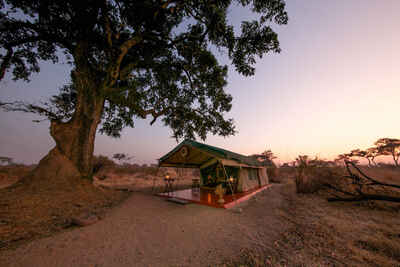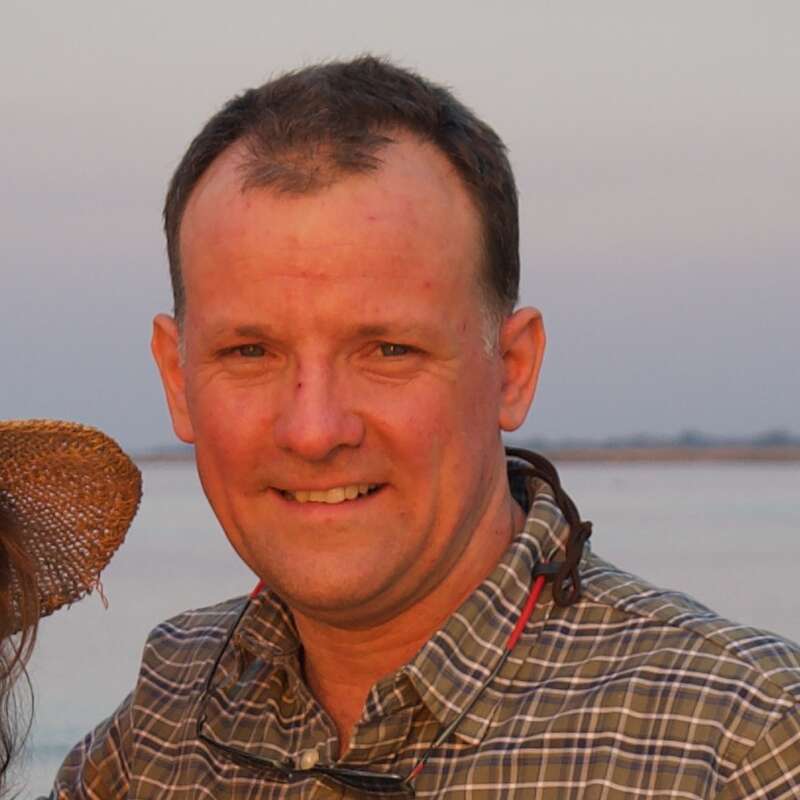About Mdonya Old River Camp
Out in the wilds, focused on the wildlife: this is the ethos at Mdonya Old River Camp.
With none of the frills of many contemporary camps, it’s a refreshing approach that puts the heart back into a safari.
For starters, the setting – in the heart of Ruaha National Park – gives Mdonya the sheer luxury of space. Simple but airy walk-in tents are sheltered beneath acacia trees, helping to keep them cool without the aid of fans or air con. Candles take the place of electric lights – albeit with a torch on hand should the matches fail to materialise in the dark!
Yet even here there is space for creature comforts, from large comfy beds and hot water aplenty for the en-suite showers, to deckchairs on the veranda to take in the sights and sounds of the bush.
Open-sided tents host the lounge and dining areas, their décor enhanced by natural artefacts: bits of gnarled wood here; a softly furled feather there. Colourful fabrics adorn sofas and chairs whose comfort takes precedence over style.
While animals do find their way into camp, most are spotted on game drives in open-topped 4WDs, with a driver and guide checking for wildlife all the way.
In the evening, a campfire invites pre-dinner conversation to mull over the day’s sightings, before dinner around long wooden tables, usually laid out under the stars by the light of storm lanterns.
Our view
Many camps that offer high levels of luxury can feel quite detached from the bush, but the simple Mdonya Old River Camp feels closely connected with its surroundings – and the game that walks through seems to feel the same! The natural theme that is key to the camp's charm and character is augmented by a fun and attentive team who, on our last visit in 2018, did their best to ensure that every guest enjoyed their stay.
Accommodation
12 tents
Children
Best for 8+
Open
1st June to 15th March
Activities

4WD Safari

Birdwatching

Hot air ballooning

Private activities
Traveller reviews of Mdonya Old River Camp
134 real, un-edited reviews from Expert Africa's travellers.
Arrived 25 Oct 2024, 3 nights
"Mdonya Old River Camp review"
Overall rating: Excellent
Arrived 27 Jun 2024, 3 nights
"Mdonya Old River Camp review"
Overall rating: Good
Arrived 27 Feb 2024, 2 nights
"Mdonya Old River Camp review"
Overall rating: Excellent
Arrived 14 Jun 2023, 3 nights
"Mdonya Old River Camp review"
Overall rating: Excellent
Arrived 18 Sep 2022, 4 nights
"Mdonya Old River Camp review"
Overall rating: Excellent
Arrived 10 Aug 2022, 3 nights
"Mdonya Old River Camp review"
Overall rating: Excellent
Arrived 27 Jun 2022, 4 nights
"Mdonya Old River Camp review"
Overall rating: Excellent
Arrived 18 Jun 2022, 3 nights
"Mdonya Old River Camp review"
Overall rating: Excellent
Arrived 5 Feb 2022, 3 nights
"Mdonya Old River Camp review"
Overall rating: Good
Arrived 26 Jul 2021, 4 nights
"Mdonya Old River Camp review"
Overall rating: Excellent
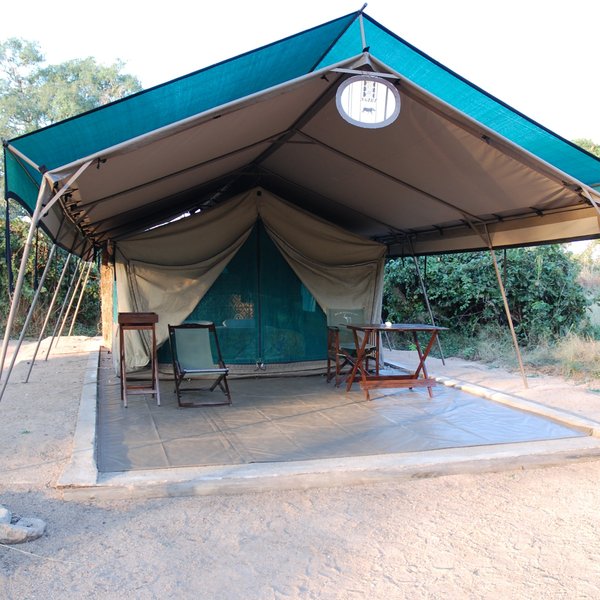
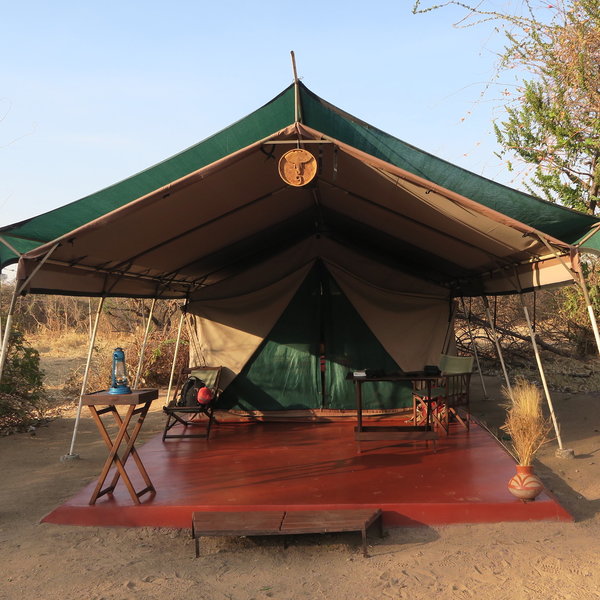
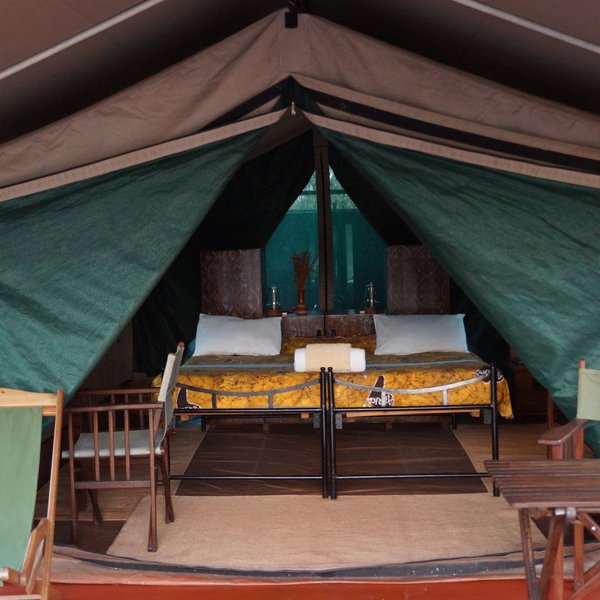
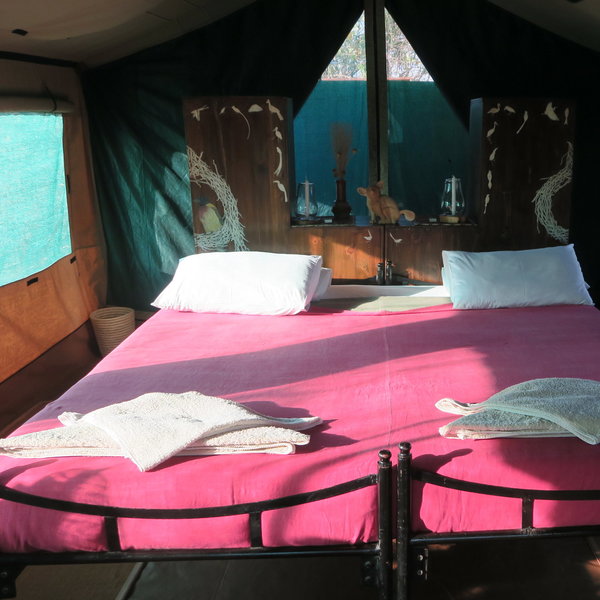
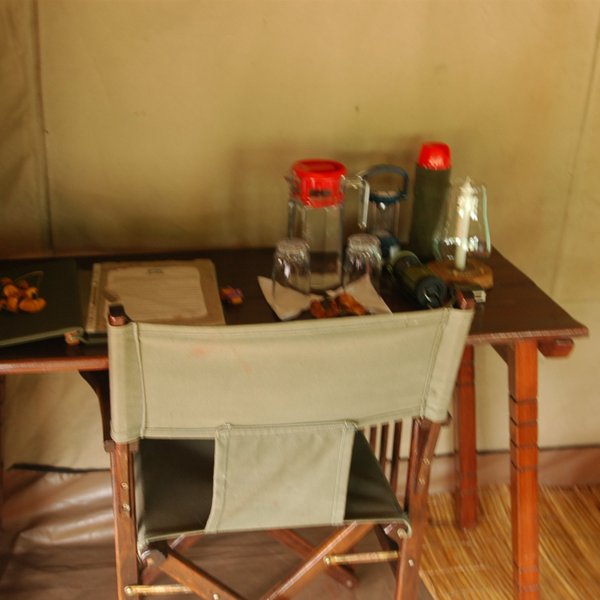
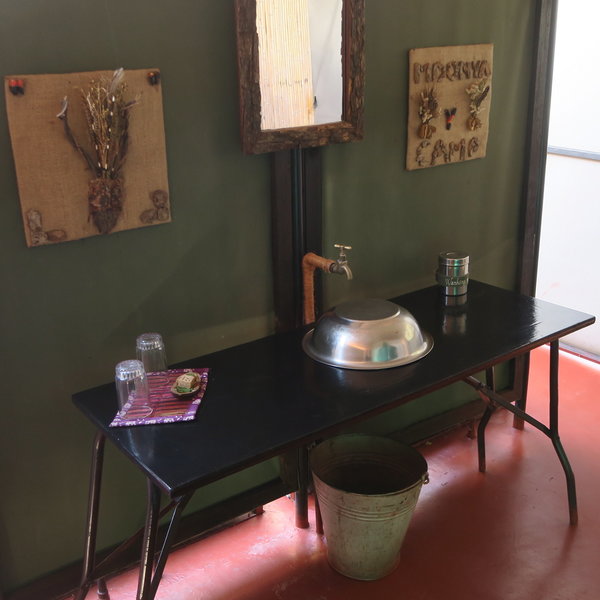
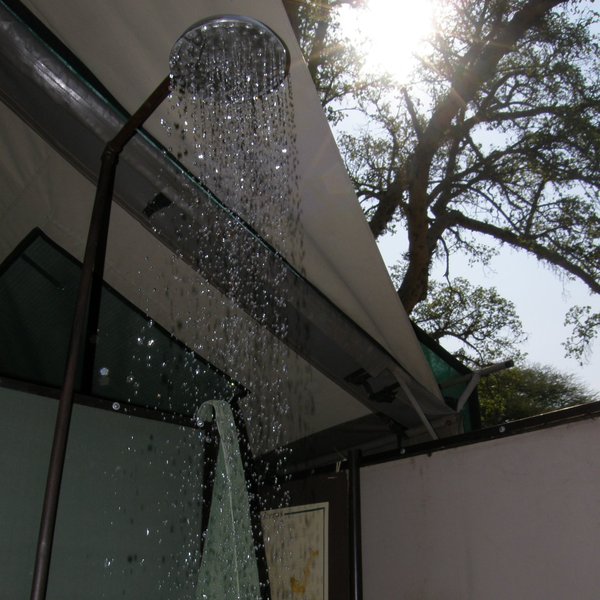
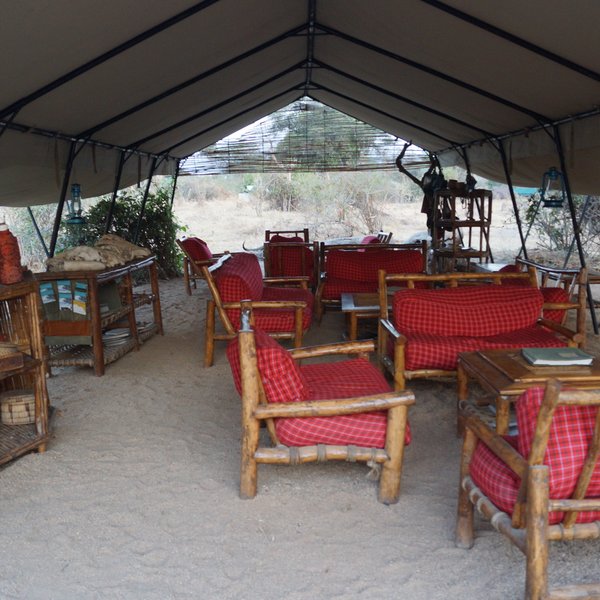
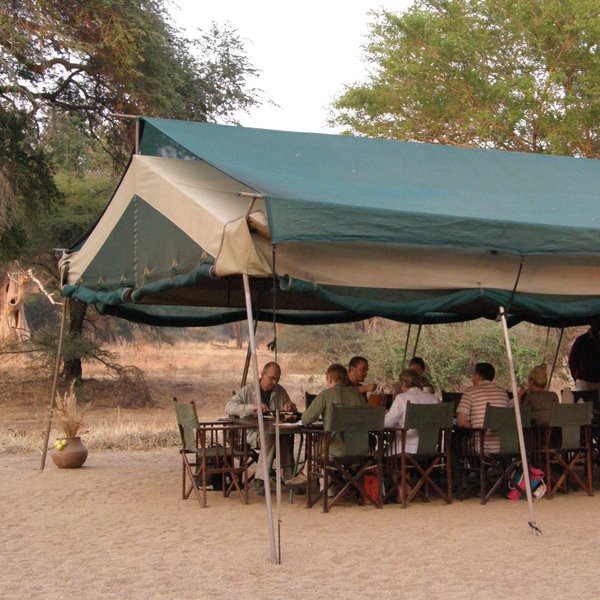
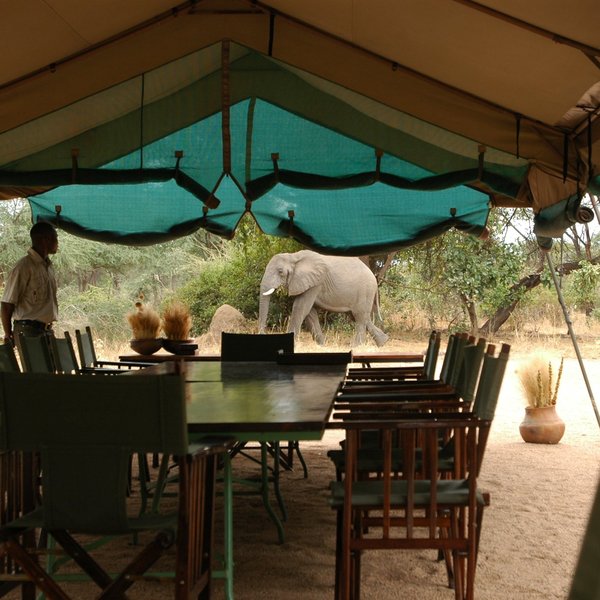
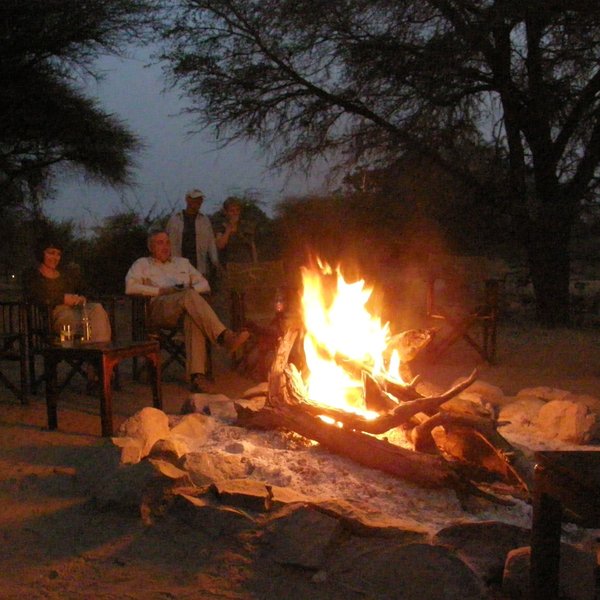
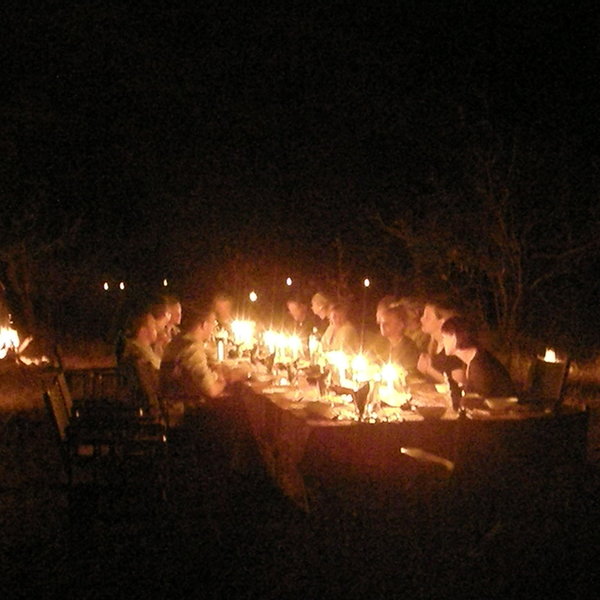
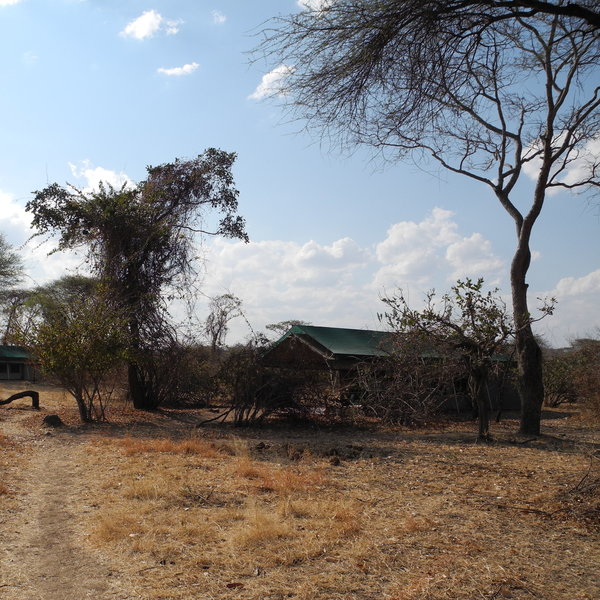
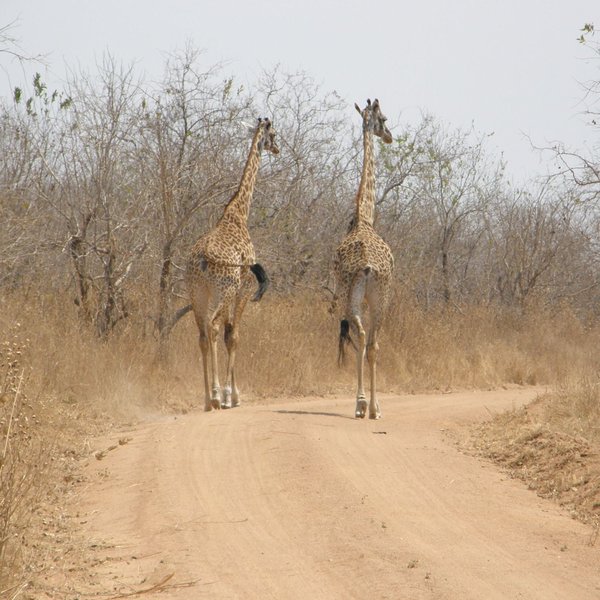

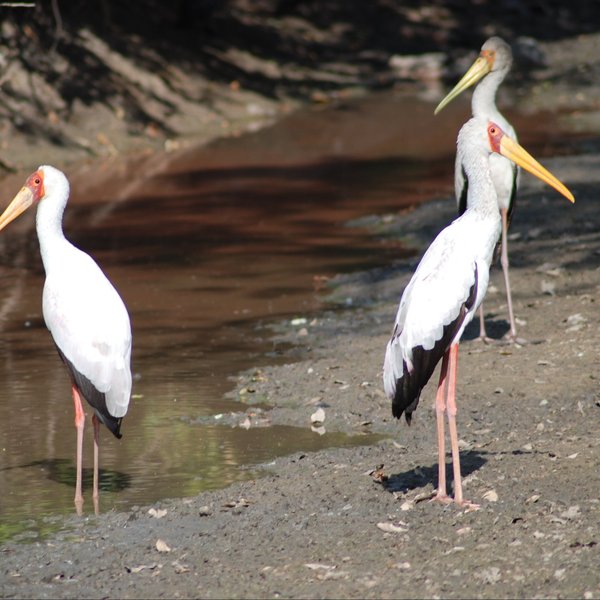
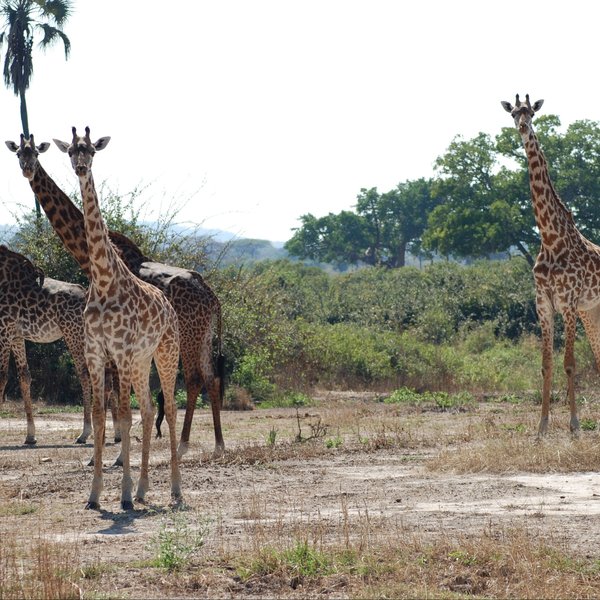
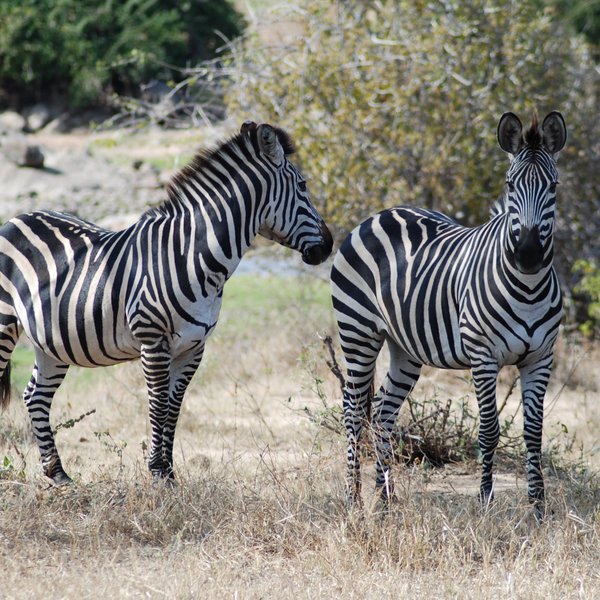
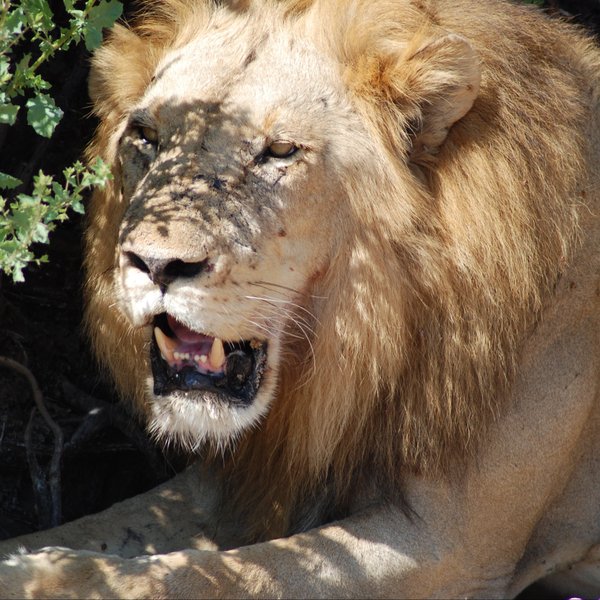
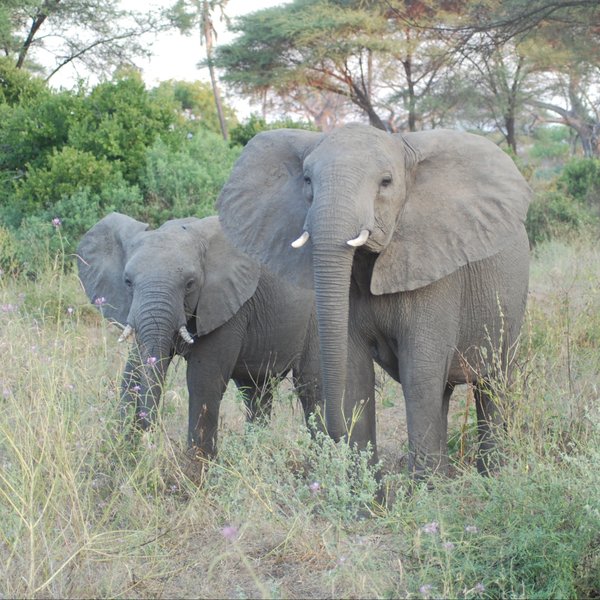
Expert Africa's gallery
When we travel we take lots of photos ourselves to give you a real and un-edited view of the safaris. See our 47 pictures and 2 videos of Mdonya Old River Camp to get the candid view.
View gallerySafaris visiting Mdonya Old River Camp
Just ideas, we'll always tailor-make a trip for you
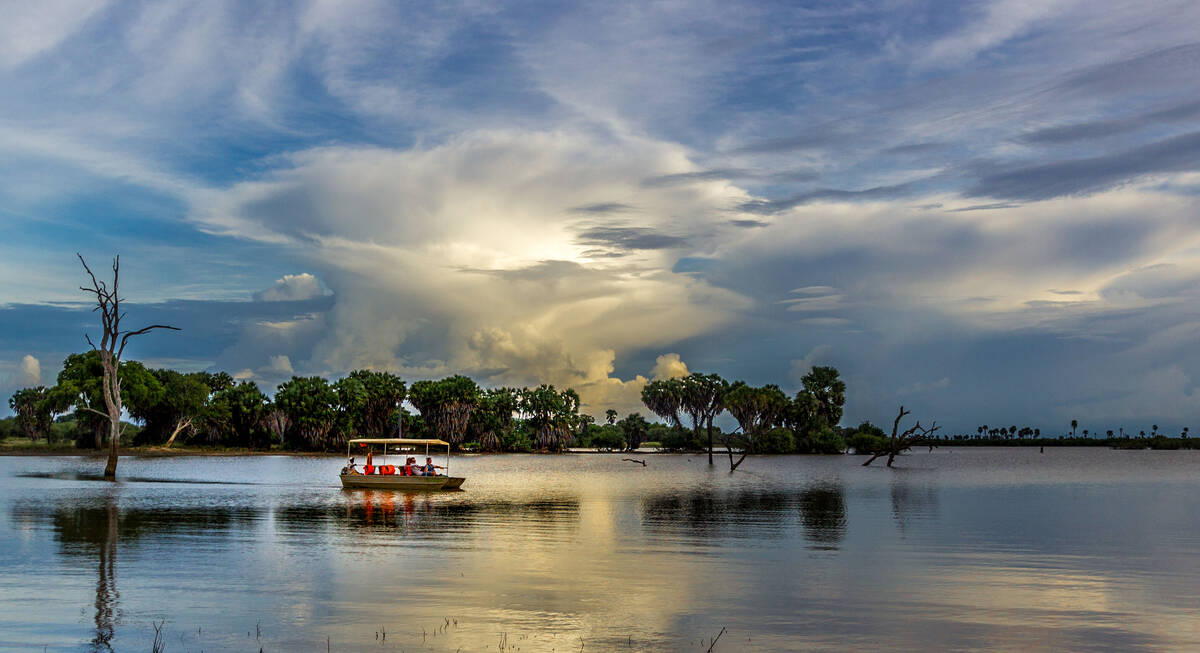
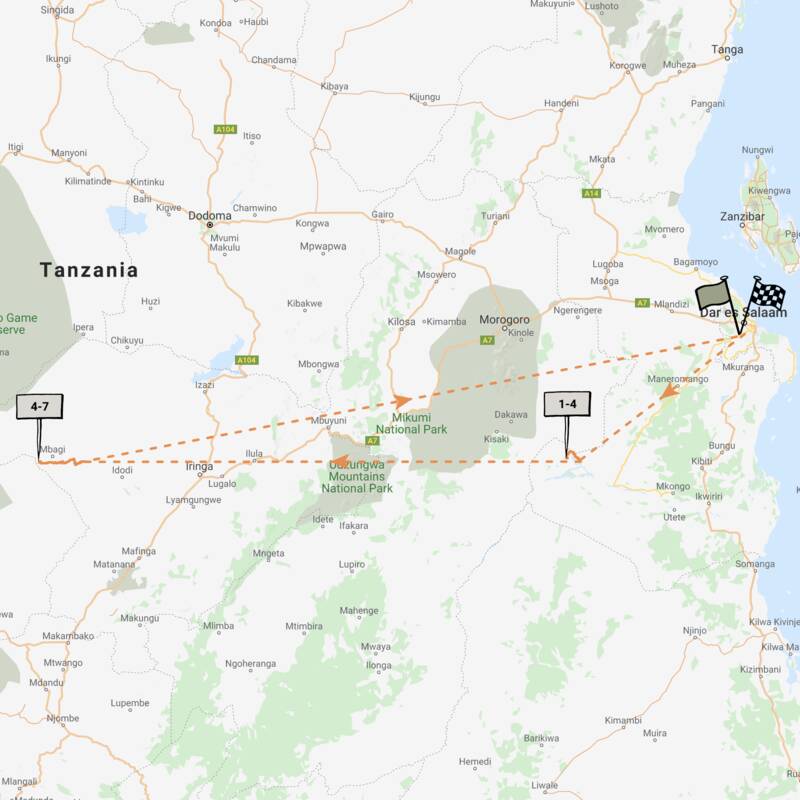
Dwarf Mongoose Fly-in Safari
6 days • 2 locations • 1 country
DAR ES SALAAM AIRPORT TO DAR ES SALAAM AIRPORT
Stay in two eco-friendly, rustic bush camps in Nyerere National Park and Ruaha National Park. Remote wilderness, a diversity of habitats and a good range of activities are available in these two wildlife havens.
Visiting Ruaha, Nyerere
US$4,810 - US$5,320 per person
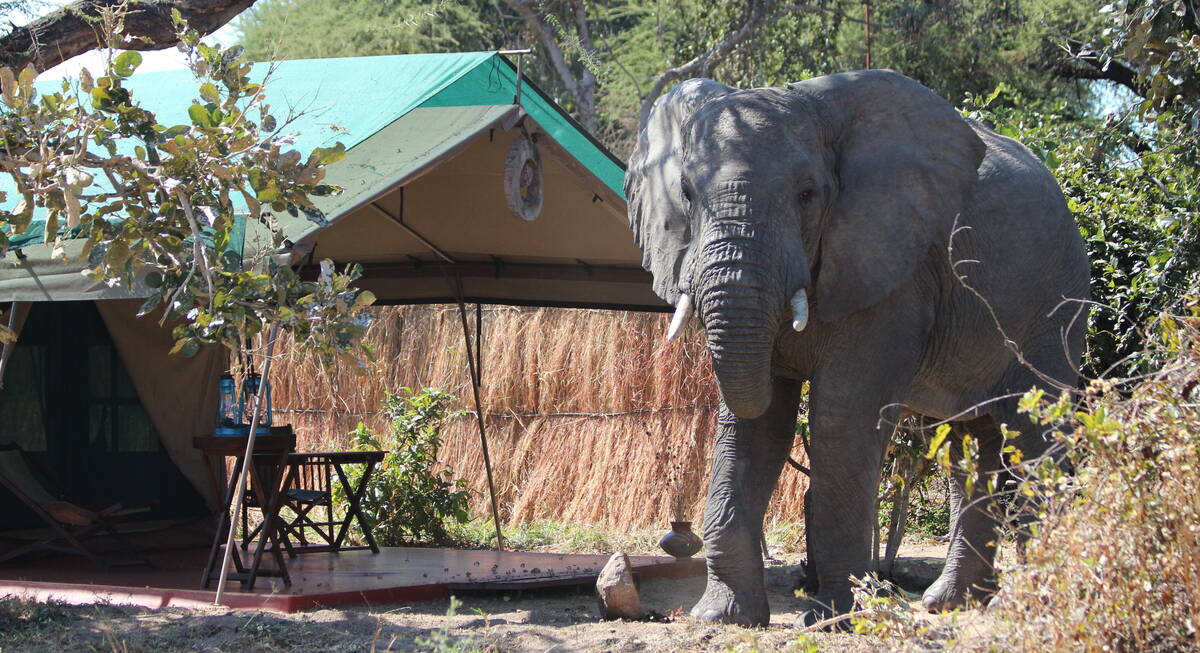
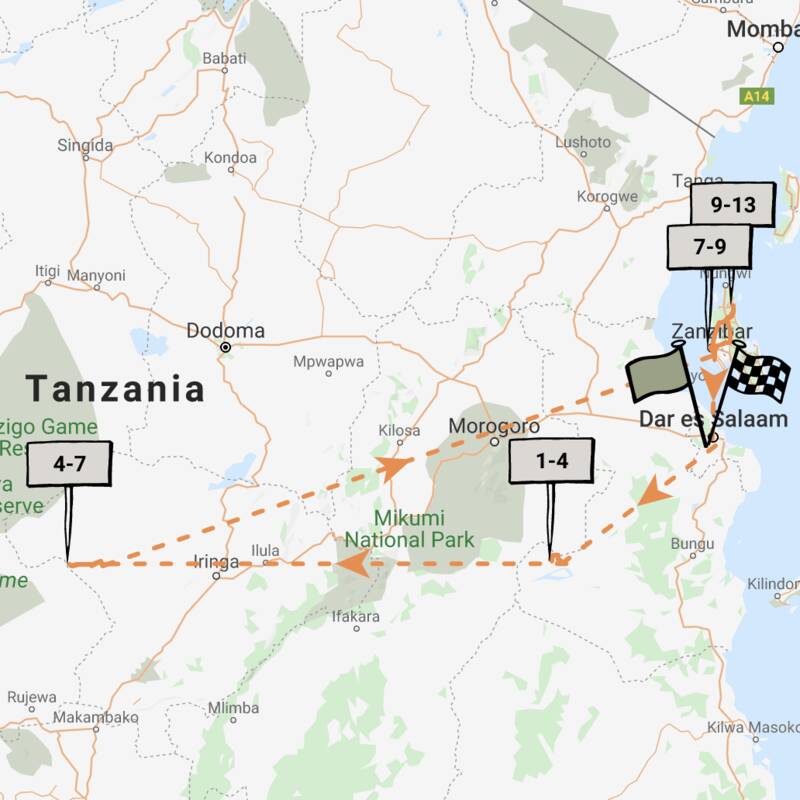
Turaco Safari
12 days • 4 locations • 2 country
DAR ES SALAAM AIRPORT TO DAR ES SALAAM AIRPORT
This top-value holiday idea combines two safari areas with a week on the Indian Ocean island of Zanzibar. Photograph lions and elephants, then relax under the palms on a powder-sand beach.
Visiting Nyerere, Ruaha and 2 other areas
US$6,190 - US$6,830 per person
Mdonya Old River Camp: Our full report
Set in acacia woodland in the heart of Ruaha National Park, Mdonya Old River Camp is kept deliberately simple.
It makes no apologies for sticking to safari basics – in fact it rather revels in the idea – and this results in a camp with a clear focus where you always know you're on safari and out in the wilds.
Mdonya shares the same ethos with its sister property in the Selous Game Reserve, Lake Manze Camp, which is very similar in feel and style. The managers here are young and enthusiastic, and genuinely passionate about conservation issues.
Accommodation at Mdonya Old River Camp is in 12 walk-in Meru-style tents which are almost identical to those at Lake Manze Camp. The tents are widely spaced in a roughly north-west to south-east orientation, with #11 at the northern end near the river (a 4-minute walk from the mess tent), and #10, #9 and #8 also near the banks, with some tree shade, then #7, #6 and #5 set further back into the bush. Tents #4, #3, #2, #1 and #0 are south of the lounge and mess tents. Tent #0 has a particularly good location, albeit at some distance from the central area, right on the river bank, and tent #1 features a big tree. We would suggest tents #5 and #4 for older people or families and tent #0 for honeymooners. For river front tents, choose #0 or #8 to #11.
Each tent is of a fair size, airy and relatively cool (afternoons in the dry season can be very hot), with an en-suite bathroom, including a hot shower – and with none of the frills of a luxury camp. There is no electricity, no fan, and no air-con. Batteries have to be charged in the main office. The furniture – including large double or twin beds, and a writing desk and chair – is simple and practical. Brightly coloured duvets add character, and woven makuti mats cover the floor. There is hanging space for clothes, a large, lockable wooden trunk for valuables, and plenty of candles as well as a torch.
At the back of each tent is a functional en-suite bathroom, with polished red cement floor, strong canvas walls and partly open to the sky. A simple steel bowl on the wooden plinth beneath a cold tap serves as a wash basin, and when you're finished you simply tip the contents into the bucket beneath. Behind a dividing wall are a flush toilet and hot shower.
Each tent has a large, private veranda with deck chairs – a great place to sit and listen to the sounds of the bush.
Mdonya's main lounge and dining areas are open-sided tents, decorated with gnarled wood, flowers and feathers from the bush. In the lounge, comfortable sofas and chairs covered in brightly coloured fabrics are set out around coffee tables dotted with wildlife books and interesting artefacts from the bush, plus a rather tatty shelf of wildlife books. The dining area is furnished with long wooden tables and directors' chairs which, in the evening, are set out under the stars, by the light of candles and storm lanterns.
In front of the lounge is Mdonya's bar, formed from a gnarled old tree stump, which sits next to the campfire, surrounded by directors' chairs. This is where guests gather for a pre-dinner drink and to swap the day's stories.
Mdonya Old River Camp also has a very small curio stand selling traditional Tanzanian material, jewellery and a few postcards. It sells items made by Neema Craft, a workshop run by disabled artists; Bama Art Jewellery made by Maasai women; and T-shirts from conservation organisations such as STEP. Maps of Ruaha are also for sale, and all proceeds go to Ruaha Conservation Fund.
Safari activities at Mdonya focus largely on game drives in open-topped 4x4 vehicles. All-day game drives are encouraged and there's a sense that while Mdonya does have wildlife in camp quite often - and indeed so many visiting elephants have pushed over the once dense grove of trees here that few are now standing - the best sightings are further east around Msembe. Full day game drives are available, with lunch served in the middle of the bush and the vehicle stocked with a cool box full of drinks, which can allow guests to spend more time in the best game viewing areas in the park. However, during the summer months (September-November) it can get incredibly hot during the middle of the day, so these drives tend to work better during the cooler months earlier in the year.
Game drives here usually go out with two guides, one as a driver and the more experienced standing up to spot wildlife. This maximises your chances of great game sightings, and frees up the guide to chat with you without having to concentrate on the spotting. Mdonya's guides have a good level of knowledge and know the park very well, and if you have a particular interest, we'd expect them do their best to take it into account. The camp has one Nissan vehicle and 6 Land Rovers, one TDi and 5 11Ds. Drives are invariably conducted with dried elephant dung burning in a brazier welded to the back of the vehicle in an effort to repel the tse-tse flies that infest this district of Ruaha.
Walking safaris can also be arranged from the camp for an extra cost, around $55 per person. However, there's no ranger post near the camp, and the bush in the immediate vicinity is thick and unsuitable for walking. Therefore walks take place in the Msembe area of the park, requiring a very early start. If you are keen to experience walking safaris in Ruaha we would suggest staying in a camp closer to the Msembe area instead.
Activities
4WD Safari
Birdwatching
Hot air ballooning
Private activities
Families & children
- Attitude towards children
- Mdonya Old River Camp welcomes mature children aged six years and over.
- Property’s age restrictions
- Children must be over the age of six to stay at Mdonya Old River Camp.
- Special activities & services
- There are no special services or activities offered for children.
- Equipment
- There is no special equipment for children.
- Generally recommended for children
- As with all safari camps, we would recommend Mdonya for mature children with an interest in wildlife– though parents must note that this is a very wild camp and children are their responsibility at all times. Also note that there is no pool or activity area to occupy children between game drives.
Food & drink
- Usual board basis
- Full Board & Activities
- Food quality
- The menu at Mdonya Old River Camp reflects the different cultures in Tanzania: Indian, Mediterranean, Swahili and Arab. Expect pasta, fresh salads, home-baked breads, fish casseroles and stuffed vegetables. During our last visit in July 2017 we found the style of the food to be more home-cooking rather than fine-dining, and found our meals to be tasty, wholesome, and full of flavour.
Breakfast usually consists of fresh bread, pancakes, toast and fruit. There is also a hot breakfast available – with eggs cooked to order.
Lunch is a selection of light choices such as crispy salads and vegetable kebabs followed by a dessert. It's usually a help-yourself-and-pass-along arrangement from the table. In 2017, we had excellent, warm Scotch eggs and pumpkin and mozzarella pastry parcels.
Dinner is a relaxed, convivial affair when guests join together at one table under the stars, and storm lanterns and candles provide atmospheric lighting. On our last visit in September 2017 we enjoyed hot beef stew with a selection of vegetables, desert was a sweet papaya pie. - Dining style
- Group Meals
- Dining locations
- Outdoor Dining
- Further dining info, including room service
- Private dinners can be arranged for special occasions, set in the river bed.
- Drinks included
- Drinks are not included at Mdonya Old River Camp. Approximately US$3 a beer, US$20 for a bottle of wine
Our travellers’ wildlife sightings from Mdonya Old River Camp
Since mid-2018, many of our travellers who stayed at Mdonya Old River Camp have kindly recorded their wildlife sightings and shared them with us. The results are below. Click an animal to see more, and here to see more on our methodology.

100% success

100% success

100% success

95% success

86% success

86% success

70% success

48% success

39% success

26% success

15% success

10% success

6% success

6% success

0% success

0% success
Getting there
- Location
- Ruaha National Park, Tanzania
- Ideal length of stay
- Spend at least three nights here to explore the area.
- Directions
- It takes around two-and-a-half hours to fly to Ruaha National Park, then a further hour or two to drive to Mdonya Old River Camp depending on what you see along the way.
- Accessible by
- Fly-and-Transfer
Special interests
- Solo safaris
- Single travellers will love this friendly, rustic camp for its shared game activities, communal dining and notably low single supplements.
- See ideas for Solo safaris in Tanzania
- Birdwatching safaris
- Ruaha's position at the centre of Tanzania, north of Selous but south of most of Tanzania's other parks, gives it an interested cross section of birds; a fascinating park for birdwatching in Tanzania.
- See ideas for Birdwatching safaris in Tanzania
- Wildlife safaris
- You'll find all of the usual big game species in Ruaha, including elephant, large herds of buffalo, wildebeest, lion, leopard, cheetah and even wild dog. Ruaha also has a few species associated with the parks further north, including Grant's gazelle and lesser kudu.
- See ideas for Wildlife safaris in Tanzania
Communications
- Power supply notes
- There is no electricity in the tents and batteries are charged in the office which has power 24 hours a day.
- Communications
- There is a mobile phone and email for the camp's use, and these can be used in cases of emergency. There is also a sporadic cellphone signal but there is no Wifi
- TV & radio
- No
- Water supply
- Borehole
- Water supply notes
- Drinking water is supplied.
Health & safety
- Malarial protection recommended
- Yes
- Medical care
- Managers and guides are all first aid trained. There is a medical box in each game-drive vehicle and a full first-aid kit in camp. Mdonya is linked to the flying-doctor service in case of a medical emergency.
- Dangerous animals
- High Risk
- Security measures
- Three Maasai guards escort guests to and from their rooms at night.
- Fire safety
- There is a fire break outside the camp in case of a bush fire and a fire extinguisher in each tent.
Useful info
- Disabled access
- Not Possible
- Laundry facilities
- Laundry at Mdonya Old River Camp is an extra charge of around US$1–2 per item. As is common, underwear cannot be accepted by the laundry team.
- Money
- Mdonya Old River Camp is not able to offer any form of currency exchange. Wooden lock boxes are provided in the tents for money and valuables.
- Accepted payment on location
- Cash payments are preferred (they accept payment in US dollars Euros, pounds and Tanzanian shillings) but credit cards can be used using the in-camp 3G online payment system. There is a 3.5% surcharge for card payments and please note that the use of card is reliant on an internet connection.
Plan and book your trip with Expert Africa
All of our trips are tailor-made, so we'll always adapt them to suit you. Talk to an Expert and let us plan and arrange your perfect trip.

Talk to an Expert
Call or email us now! We’ll match you with the Specialist in our team who is best suited to help you. Then together we can start planning your trip.

Set up your itinerary
Based on our experience and your ideas, your specialist will create a detailed, costed itinerary. We’ll refine it together, until we have a trip that you’re perfectly happy with.

Prepare for your trip
The same Specialist will make the seamless arrangements for your trip, send you detailed travel documents, and be available to answer any questions before you depart.

Travel with peace of mind
After you set off, you’ll be cared for by our partners in Africa, most of whom have worked with Expert Africa for decades. And if you ever need us urgently, we’re available 24/7.

When you return
We love to learn about your trip, and so will always be grateful if you’ve the time to give feedback to your Specialist when you return.
Mdonya Old River Camp's location
Look closer at the environment and surroundings of Mdonya Old River Camp.
Excursions from Mdonya Old River Camp
Optional extra day-trips and excursions possible whilst you're staying at Mdonya Old River Camp. Talk to us: these are usually best arranged before you go.
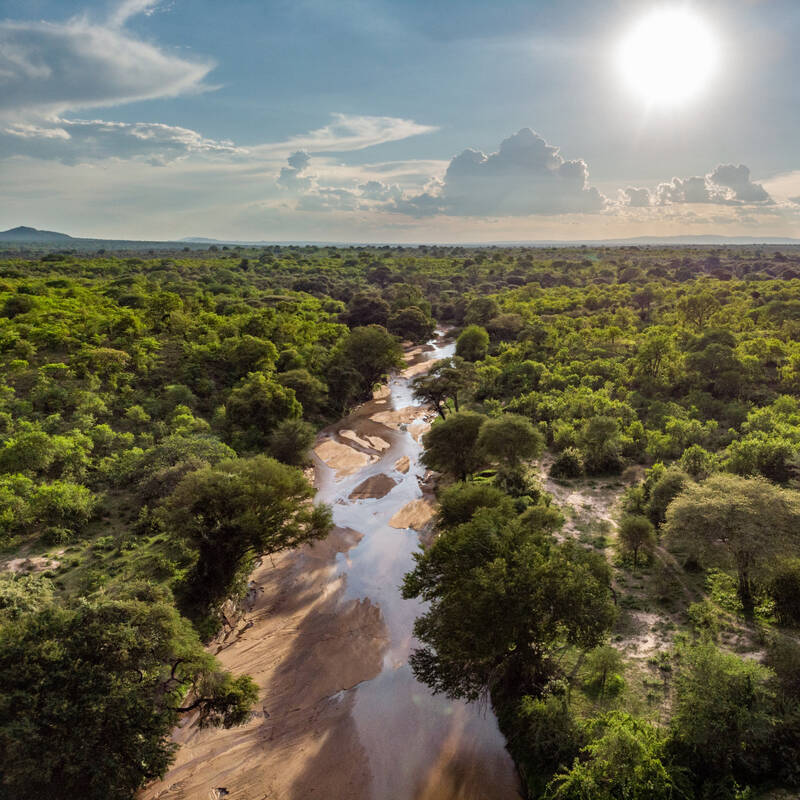
Balloon Safari over Ruaha
Three hours - one hour flight
Varied and scenically stunning, Ruaha National Park features rolling hills, woodlands, open plains and two wide meandering rivers: the Ruaha and the Mwagusi. What better way to view it than from the air, at sunrise? A balloon safari offers just this, the landscape unfolding below your basket as you float almost silently above.
More about Ballooning in RuahaOther lodges in Ruaha National Park
Alternative places to stay in this same area.
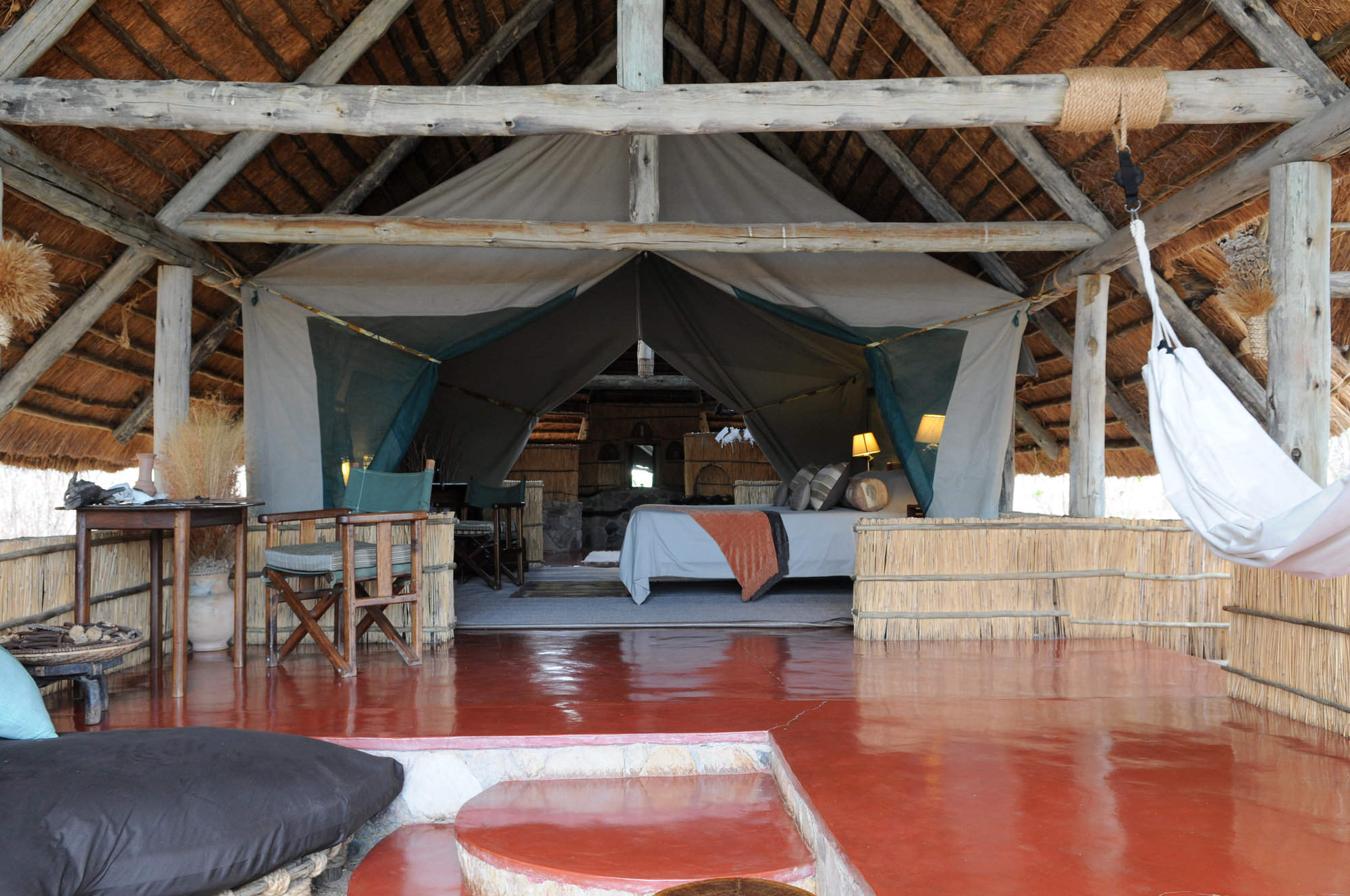
Mwagusi Safari Camp
Mwagusi is a long-established, permanent, tented safari camp, on an attractive bend of the seasonal Mwagusi River.
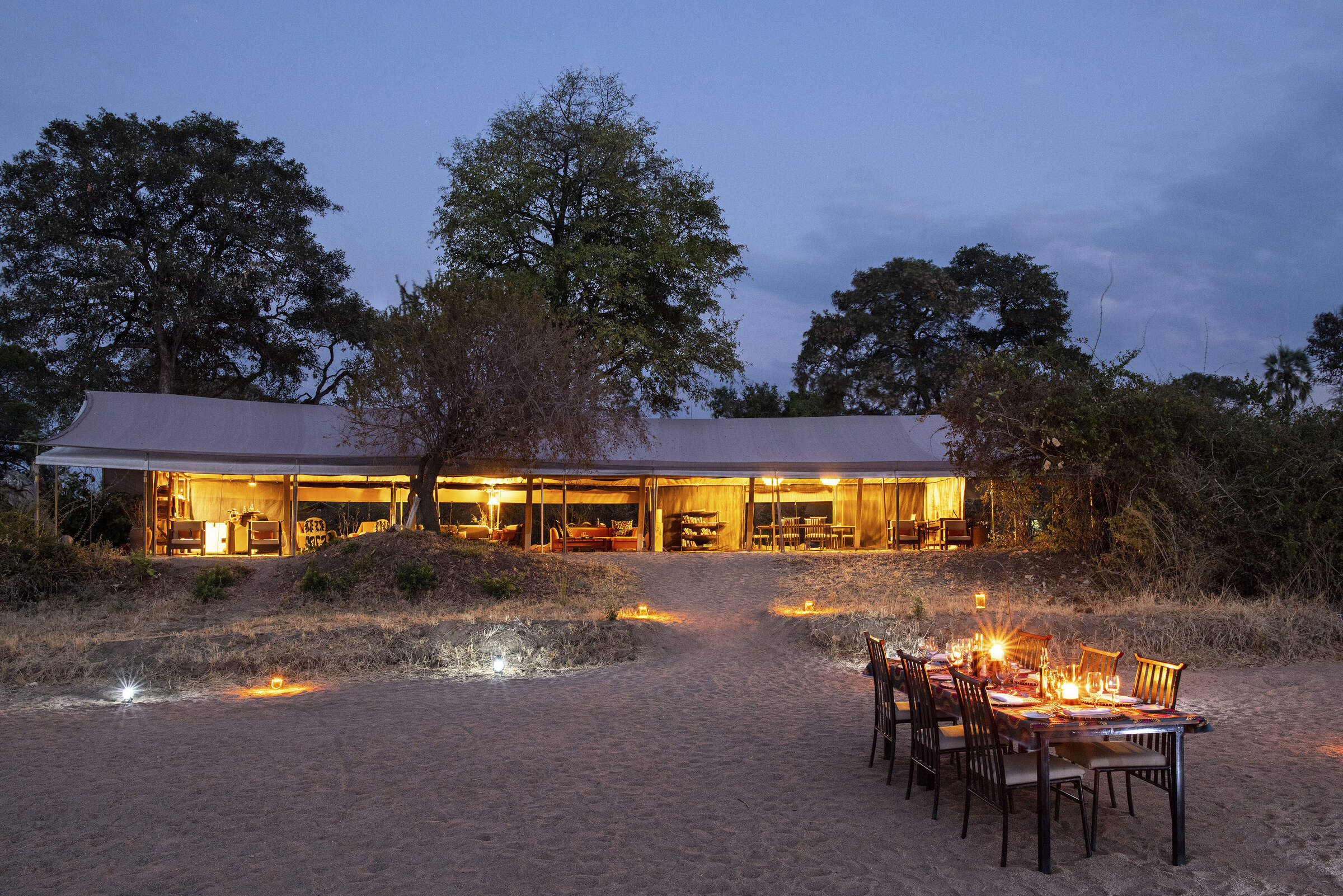
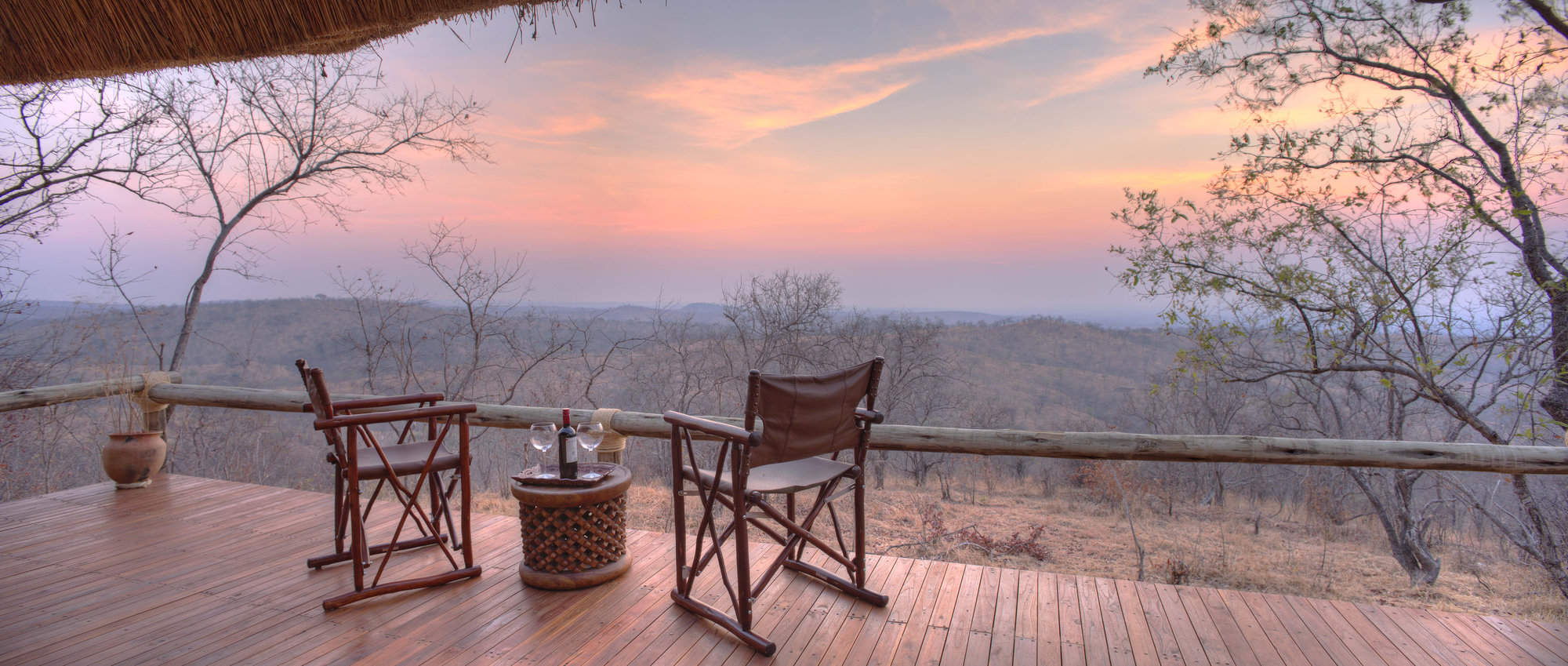
Ikuka Safari Camp
Upmarket and stylish, Ikuka Safari Camp is set high on an escarpment with spectacular panoramic views over Ruaha National Park.
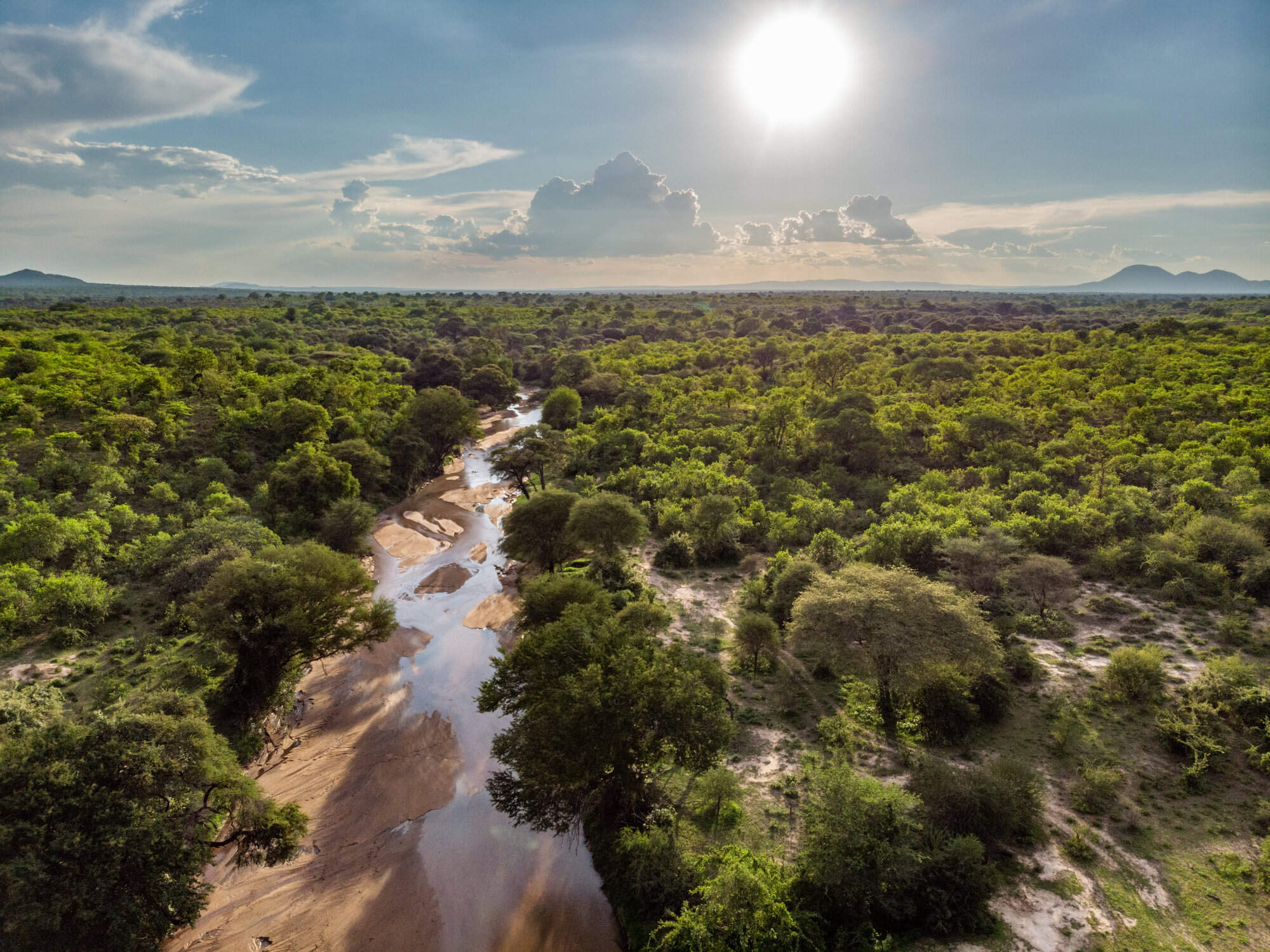
Jongomero Camp
A stylish and luxurious camp in a remote part of Ruaha, Jongomero offers excellent guiding and service in a remote, wilderness area.
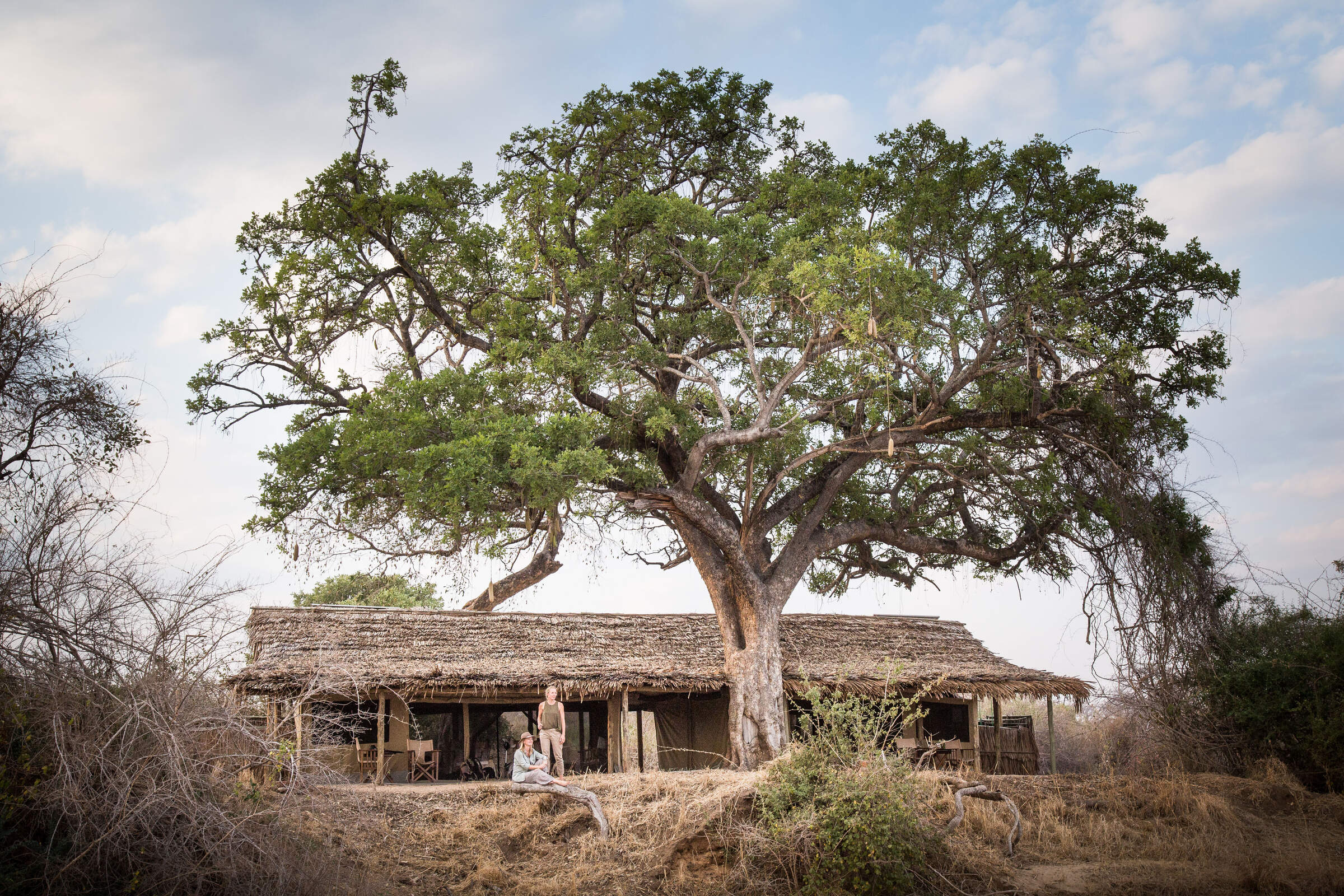
Kigelia Camp
Kigelia is a stylish tented camp, set amid a grove of sausage trees, and combining a simple set-up with comforts and luxury.
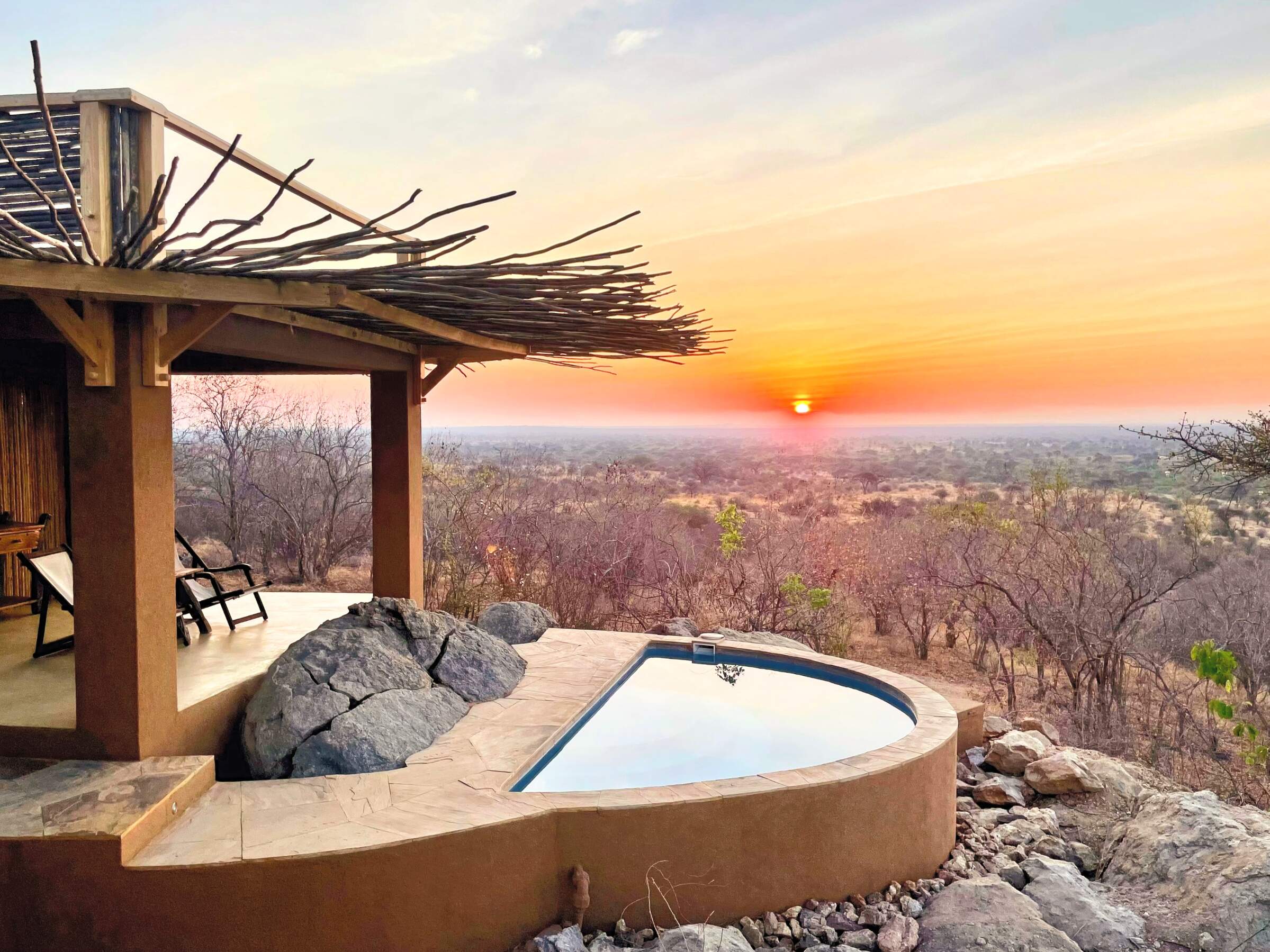
Kichaka Zumbua
Kichaka Zumbua is a small, luxurious camp offering on outstanding walking safaris in a remote area of Ruaha.
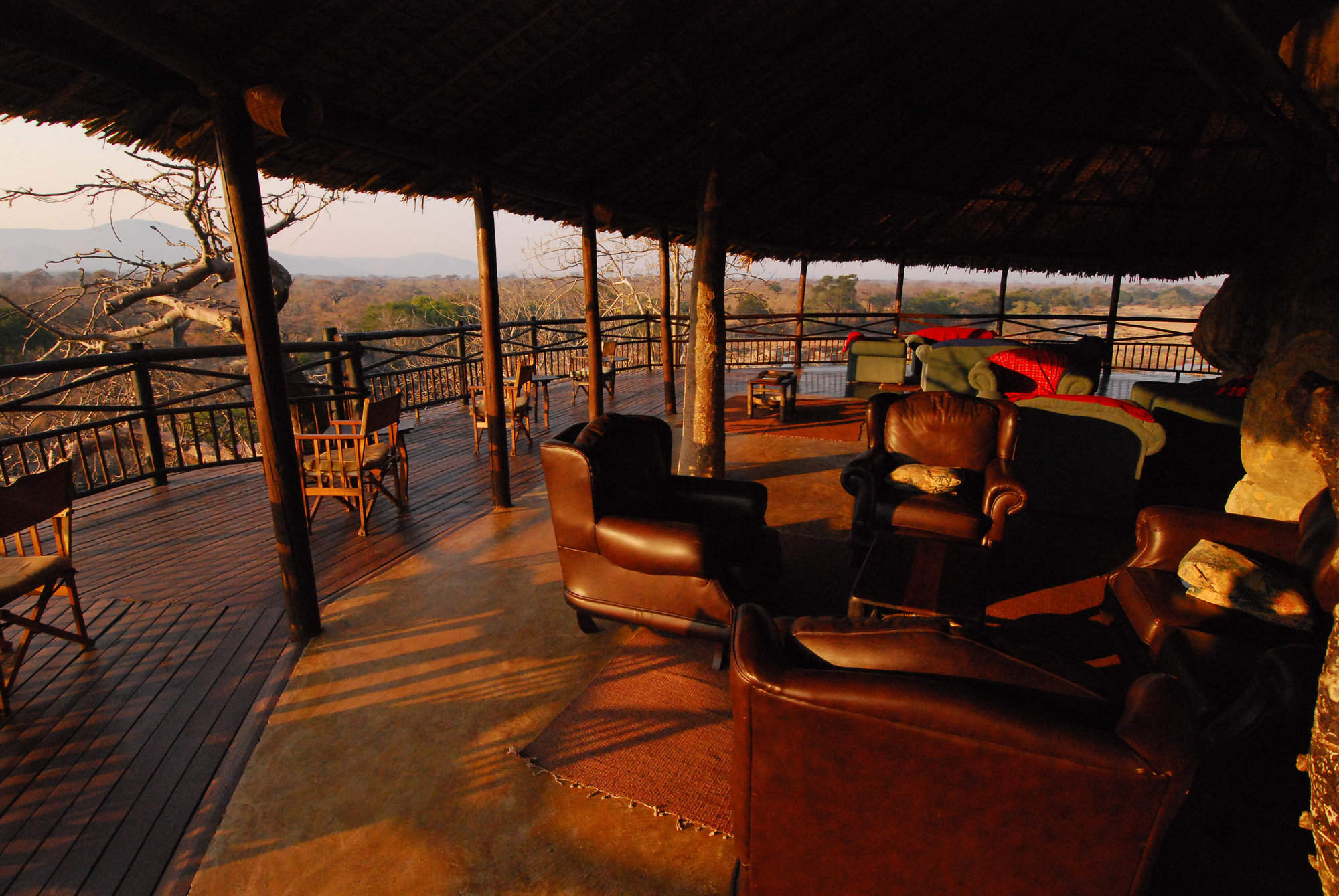
Ruaha River Lodge
In a lovely location beside a rocky river, the unpretentious Ruaha River Lodge is the largest and most economical camp in Ruaha National Park.
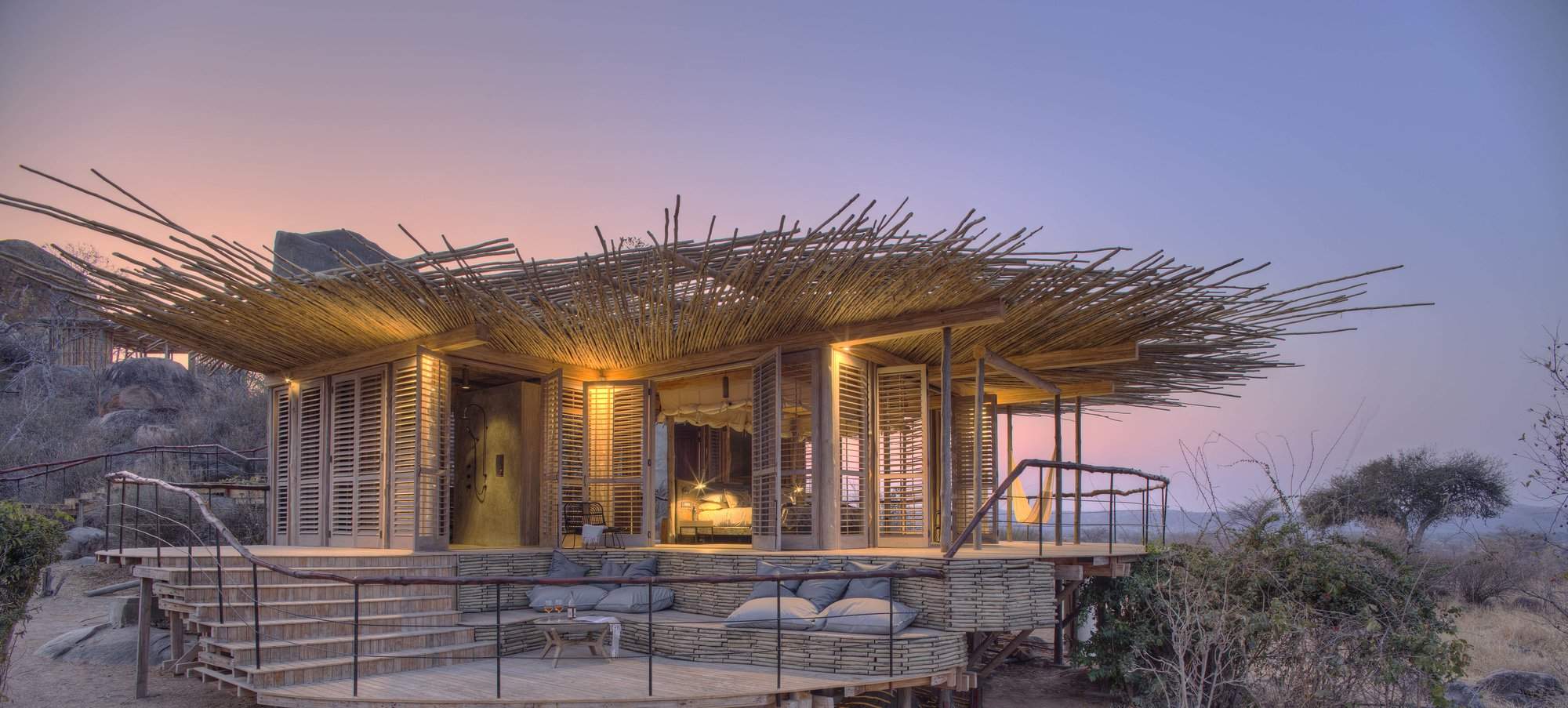
Jabali Ridge
One of Ruaha's most luxurious camps, Jabali Ridge nestles among kopjes and baobabs, with beautiful views of the surrounding area.
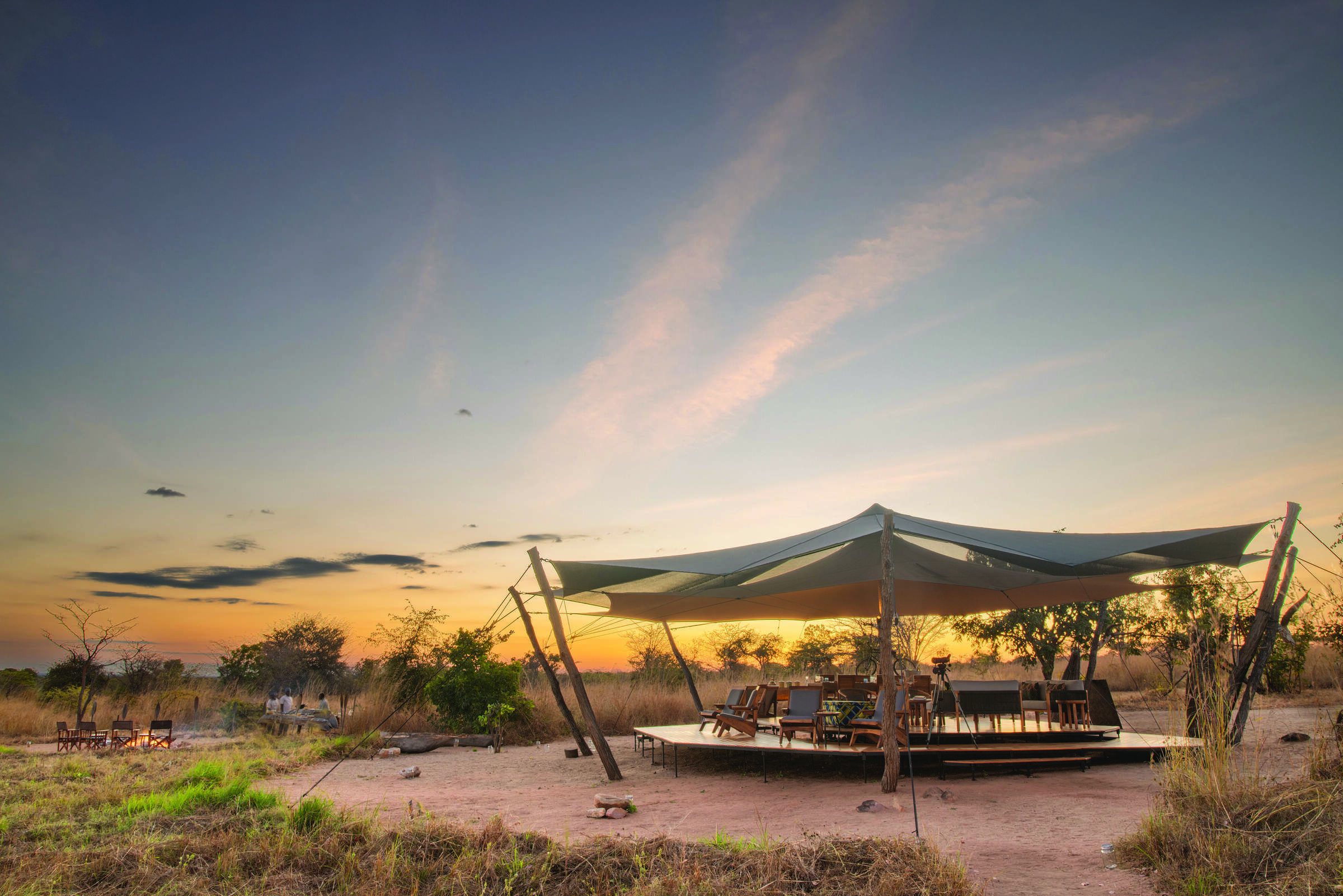
Usangu Expedition Camp
Usangu Expedition Camp is a seasonal camp in the Usangu Wetlands – a remote and enchanting part of Ruaha National Park.
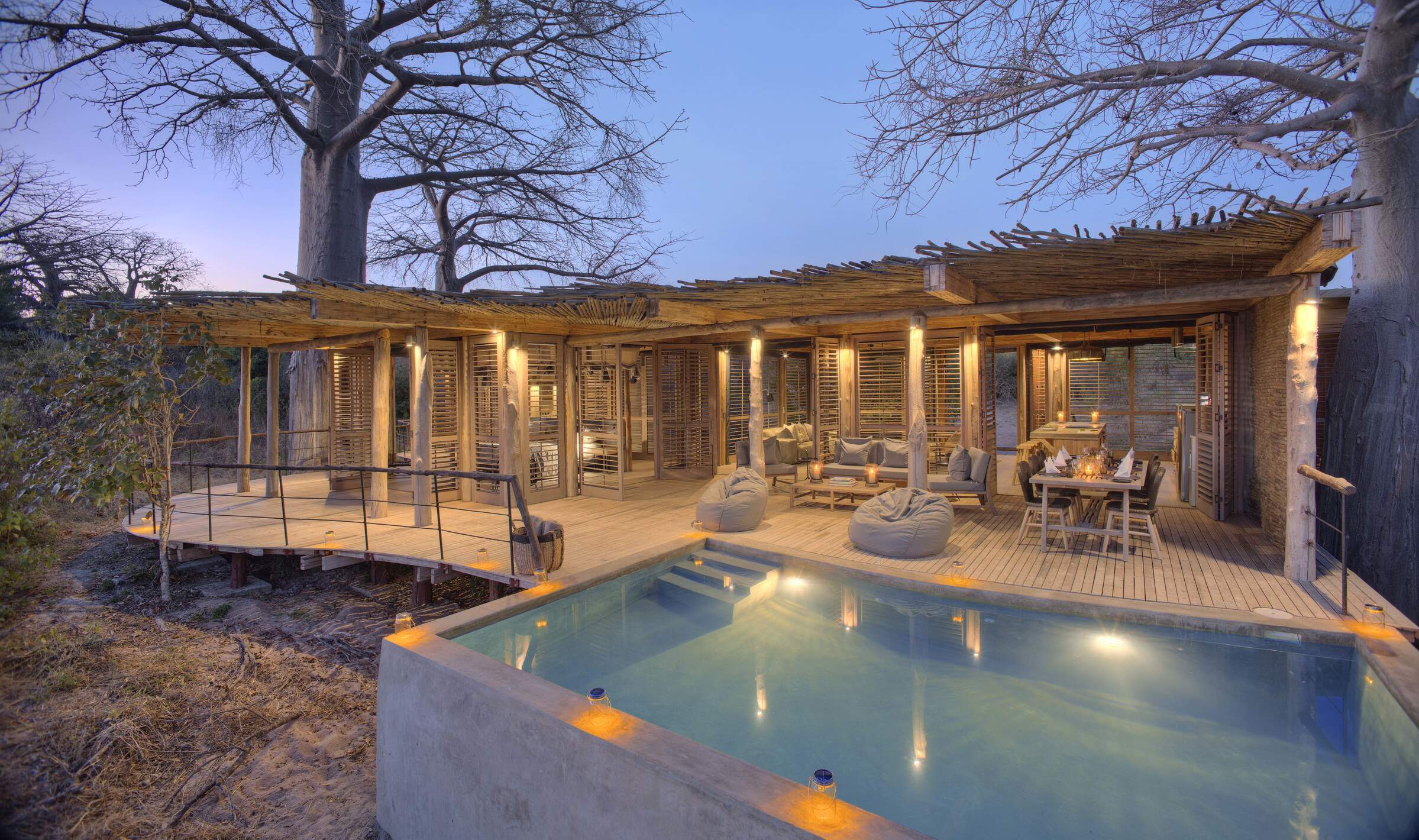
Jabali Private House
Jabali Private House in Ruaha National Park provides luxurious accommodation for private groups booked on an exclusive basis.
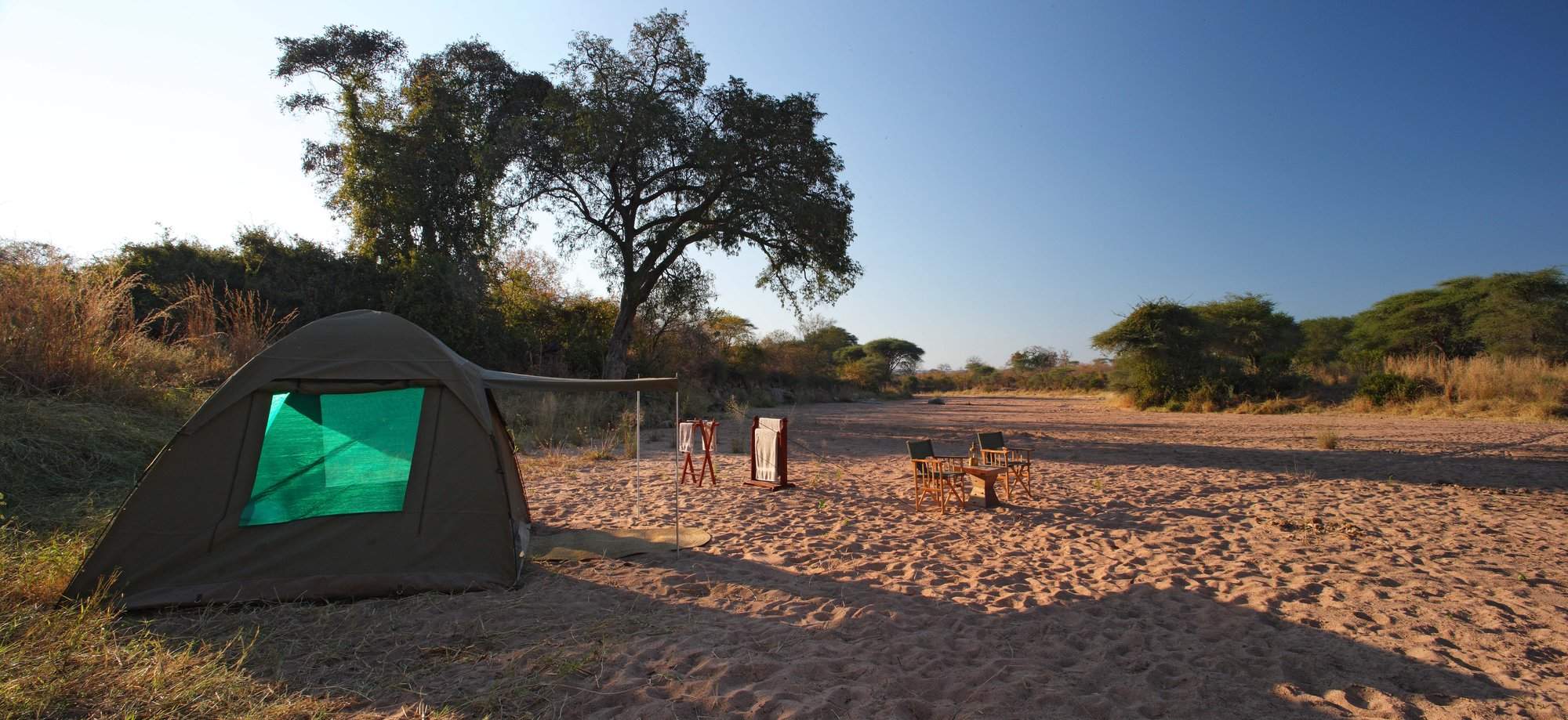
Jongomero Walking
Fly-camping and walking safaris from Jongomero Camp give you the chance to explore remote safari areas in Ruaha National Park.
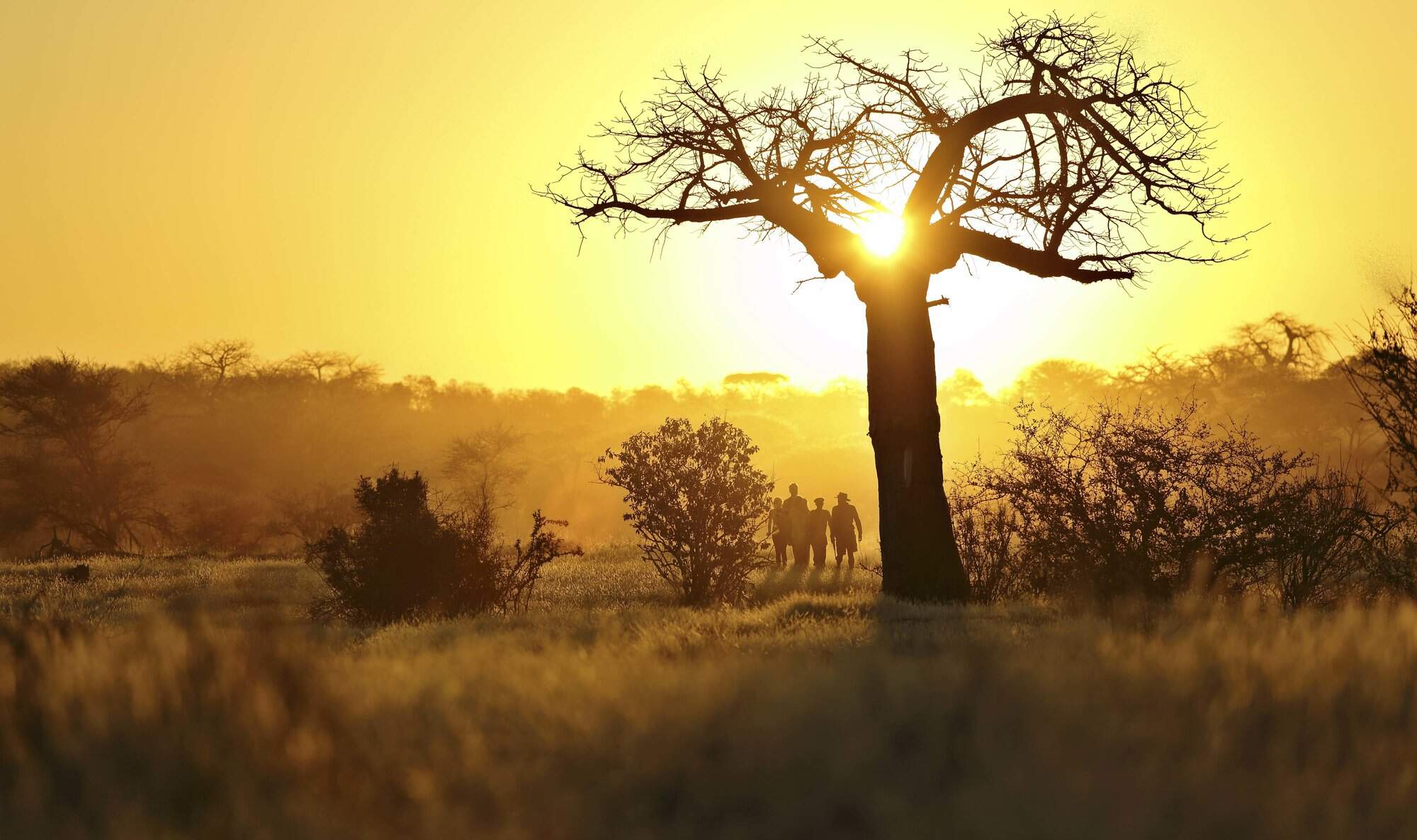
Asanja Ruaha
Asanja Ruaha Ndembo is a smart new safari lodge in a picturesque setting overlooking the Great Ruaha River.
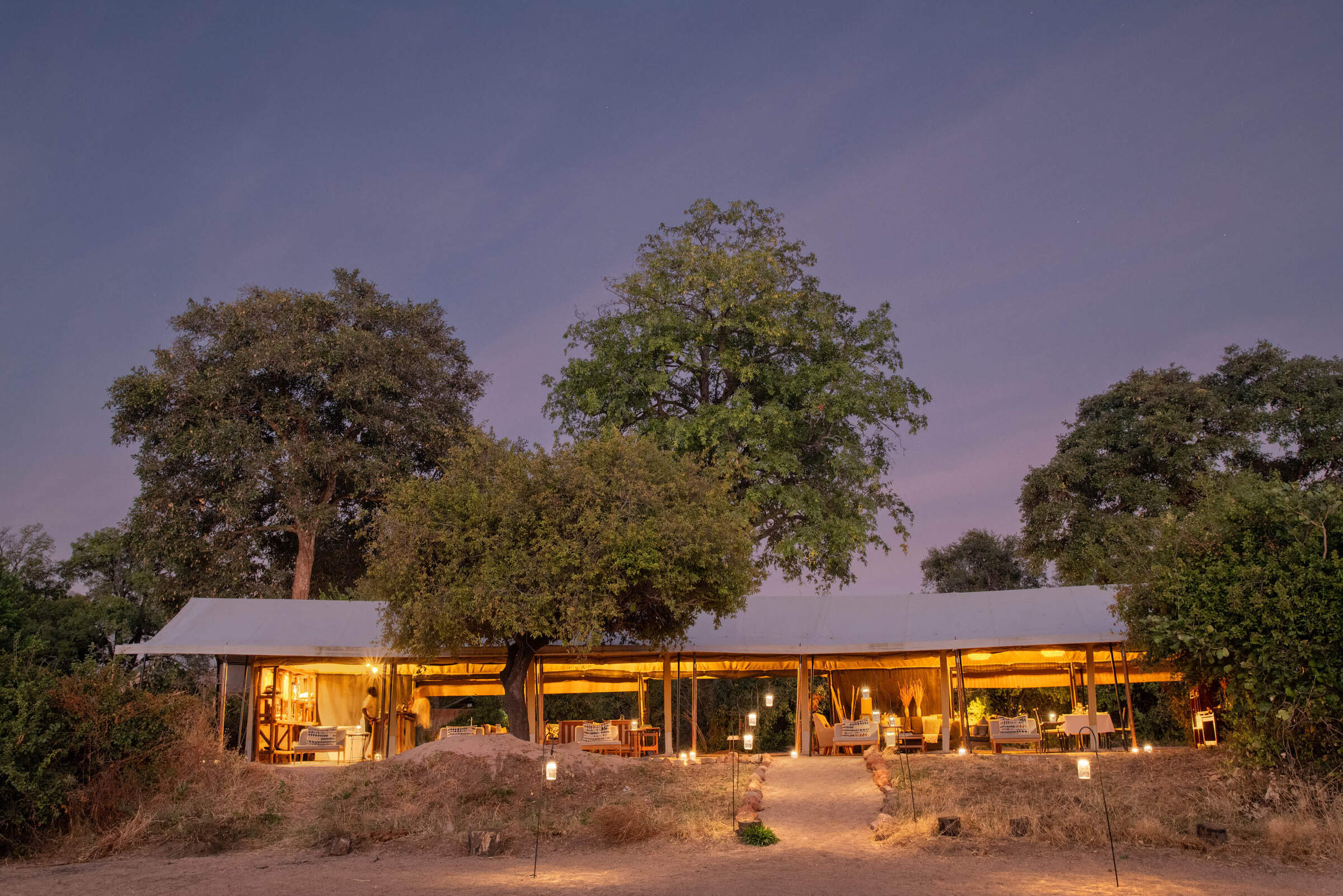
When to go to Ruaha National Park
Our month by month guide: What it's like to visit Mdonya Old River Camp in Ruaha National Park
Jan
Feb
Mar
Apr
May
Jun
Jul
Aug
Sep
Oct
Nov
Dec
Ruaha National Park in January
In January, clear skies and sunshine prevail, with temperatures rising and rain showers not uncommon. This period is excellent for birdwatching, as resident birds enter breeding plumage and migrant species arrive. The Usangu wetlands teem with avian activity. After the end of the festive period, January offers great value and quiet park conditions. However, wildlife may be more dispersed in areas like Mwagusi.
The baobab-dotted landscape provides stunning backdrops for photography. Visitors can enjoy game drives along the river, spotting elephants, buffaloes, and various antelope species. Walking safaris offer intimate encounters with smaller creatures and flora.
- Variable weather: dry, cloudy, or rainy
- Occasional thunderstorms may occur
- Good time for birding, many migrant species
- Wildlife dispersed due to available water
Our view
A good time to visit, with pros & cons
Weather in January
Ruaha National Park in February
February in Ruaha is one of the hottest months, with temperatures reaching around 33°C/91°F. The short dry season continues, making it an excellent time for wildlife viewing around the Great Ruaha River and remaining water sources. There are few tourists in the park at this time, and lodge rates are lower.
This month is particularly rewarding for birdlife as northern hemisphere migrants join resident species in the Usangu wetlands and along the river banks. The Mwagusi area is prime for lion spotting, while the rolling hills and rocky escarpments offer breathtaking vistas. Visitors can enjoy bush picnics and guided walks to explore the diverse flora.
- Hot and dry weather in Ruaha
- Wildlife congregating around water sources
- Excellent game viewing opportunities
- Lush and green landscapes after rains
- Fewer tourists, more intimate safari experience
Our view
A very good time to visit
Weather in February
Ruaha National Park in March
The Great Ruaha River swells, attracting diverse wildlife. This is an excellent time to visit as the vegetation becomes lush and vibrant. Cat sightings may be infrequent, but birdwatching remains exceptional, especially around the Usangu wetlands.
Many camps begin to wind down operations, but those remaining open offer great value. The rains transform the landscape, with baobabs and acacias in full bloom. Walking safaris may be limited, but game drives can reveal unique sightings of animals in their rain-season behaviours.
- Hot with building humidity before rains
- Wildlife viewing variable
- Park is quiet with lower visitor numbers
- Good time for birding in Ruaha
- Green landscapes offer scenic photography
Our view
A good time to visit, with pros & cons
Weather in March
Ruaha National Park in April
April is the wettest month in Ruaha, with an average of 250mm of rain. The park's ecosystem thrives, with the Great Ruaha River and surrounding areas lush and teeming with life. This period is excellent for observing smaller creatures, insects, and birds.
Many of the lodges in the park will close, but a handful remain open, offering significant discounts. Visitor numbers are very low, but this is an ideal time for photographers capturing the park's verdant beauty and for those interested in the park's diverse flora. While big game viewing becomes more challenging due to dense vegetation, patient observers can be rewarded with unique sightings.
- Heavy rains expected, dramatic thunderstorms
- Some camps may close due to accessibility
- Lush vegetation, wildlife more dispersed
- Lowest visitor numbers and rates all year
- Challenging time for game viewing
Our view
This is not a great time to visit
Weather in April
Ruaha National Park in May
As May progresses in Ruaha, temperatures start to drop slightly, and the rains begin to clear. The Great Ruaha River and other water sources remain full, supporting a wide range of wildlife. This transitional period offers a unique blend of lush landscapes and improving game viewing conditions. Herbivores begin to congregate as the land starts to dry.
Visitor numbers and lodge rates remain low, providing excellent value. This is an excellent time to explore the park's diverse habitats, from riverine areas to the baobab-studded savannas.
- Rains continue, creating dramatic skies
- Quiet period with few other tourists
- Lush green landscapes throughout the park
- Wildlife dispersed, fewer sightings
- Lower prices make safaris more affordable
Our view
This is not a great time to visit
Weather in May
Ruaha National Park in June
June marks the end of the rainy season in Ruaha, with wildlife starting to concentrate around perennial water sources like the Great Ruaha River. The landscape begins to dry, but many areas remain green. This is the start of the shoulder season, with camps reopening and offering good value.
Game viewing improves as the month progresses, particularly around the river and remaining water holes. The Mwagusi area becomes excellent for predator sightings. Walking safaris and fly-camping options increase as the terrain dries. The Usangu wetlands continue to offer excellent birdwatching opportunities. Visitors can enjoy spectacular sunsets over the baobab-dotted landscape.
- Variable weather: dry, cloudy, or some rain
- Wildlife starting to gather near water sources
- Park becoming less green, easier viewing
- Good value with shoulder season prices
- Moderate visitor numbers
Our view
A good time to visit, with pros & cons
Weather in June
Ruaha National Park in July
July in Ruaha National Park marks the beginning of the peak season. With no rainfall expected and pleasant daytime temperatures, it's an ideal time for safaris. The Great Ruaha River becomes a lifeline for wildlife, offering excellent game viewing opportunities. As the park dries, animals congregate in fewer areas, making sightings more frequent and spectacular. The Mwagusi area is particularly good for lion sightings. There is also increased chances of seeing cheetah and wild dog.
Walking safaris are at their best, allowing close encounters with the park's flora and smaller fauna. The rolling hills and rocky escarpments provide stunning backdrops for photography. Birdwatching remains excellent, especially around the remaining water sources. Night drives offer chances to see nocturnal species. Seasonal balloon safaris become available.
- Dry and warm days, cool mornings/evenings
- Excellent wildlife viewing as water diminishes
- Popular time with higher visitor numbers
- Peak season prices due to prime conditions
- Seasonal balloon safaris commence
Our view
Fantastic: the very best time to visit
Weather in July
Ruaha National Park in August
August is the heart of the dry season in Ruaha, characterised by clear skies and sunny weather. Nighttime temperatures can be cool, so layered clothing is recommended for early morning game drives. The Great Ruaha River and other permanent water sources attract large concentrations of wildlife, offering excellent viewing opportunities. The Mwagusi and Usangu areas are particularly rewarding for game viewing, and this is traditionally a good time of year for cat sightings.
The iconic baobab trees stand out starkly against the dry landscape. Walking safaris and bush picnics are at their best.
- Dry weather, cool mornings and evenings
- Superb wildlife viewing around water sources
- Busy season with many visitors in Ruaha
- Book early as camps fill up quickly
- Great time for predator sightings
Our view
Fantastic: the very best time to visit
Weather in August
Ruaha National Park in September
September is an excellent month to visit Ruaha. As the dry season peaks, wildlife becomes increasingly concentrated around remaining water sources, particularly the Great Ruaha River. This leads to high densities of animals and frequent predator sightings, especially in the Mwagusi area. The landscape is starkly beautiful, with baobabs and dry savanna dominating.
This is an ideal time for walking safaris and night drives. Birdwatching remains rewarding, especially around the shrinking water bodies. The Usangu wetlands, though diminished, still attract diverse birdlife.
- Fantastic wildlife viewing opportunities
- Parks slightly less busy than peak months
- Very dry conditions, sparse vegetation
- Cool mornings, warm days in Ruaha
- High season prices still in effect
Our view
Fantastic: the very best time to visit
Weather in September
Ruaha National Park in October
October in Ruaha marks the end of the dry season, offering some of the best wildlife viewing opportunities. The Great Ruaha River and remaining water holes attract large concentrations of animals, making for spectacular game drives. Elephant sightings are particularly frequent during this time.
The landscape is at its driest, creating a striking backdrop for photography, though it can be dusty. Predator sightings, especially of lions and leopards, are common in areas like Mwagusi. Walking safaris provide intimate wildlife encounters. Birdwatching remains excellent as migratory species begin to arrive. There's a chance of early rains towards the end of the month, bringing relief to the parched landscape. Balloon safaris operate until the end of October.
- Mostly dry with comfortable temperatures
- Excellent game viewing, especially around rivers
- Landscape can appear barren and dusty
- Lower visitor numbers than earlier months
- Chance of dramatic storms towards month-end
Our view
A very good time to visit
Weather in October
Ruaha National Park in November
November usually sees the start of the rains in Ruaha, though the timing varies yearly. Game viewing is very dependent on the rains. The landscape begins to transform, with new growth appearing. This is an excellent time for birdwatching as migratory species arrive in the Usangu wetlands and other areas. Most camps remain open, offering shoulder season rates and good value.
Early November can be particularly rewarding, combining late dry season wildlife concentrations with the first rains. The large buffalo herds tend to move up onto the escarpment. Walking safaris may be possible depending on conditions. The baobab trees start to leaf, creating a beautiful contrast with the dry landscape.
- Variable weather: dry, cloudy, or rainy
- Park relatively quiet, lower-end prices
- Good wildlife sightings before rains disperse
- Some camps may close for maintenance
- Unpredictable conditions
Our view
A good time to visit, with pros & cons
Weather in November
Ruaha National Park in December
December is a quiet time to visit the park. Game viewing is good, with animals still relatively concentrated. The landscape is a mix of dry areas and new growth, creating diverse habitats. Birdwatching is excellent, with both resident and migratory species present in abundance, especially in the Usangu wetlands. The festive period can be busy, so early booking is essential.
Outside the holiday season, December offers great value with shoulder season rates. Temperatures are pleasant, averaging around 27°C/81°F, with occasional thunderstorms adding drama to the landscape. Walking safaris (weather permitting) and night drives provide varied wildlife experiences.
- Variable weather with possible thunderstorms
- Good game viewing in Ruaha's core areas
- Very quiet early, becoming busier later
- Prices low early, rising significantly later
- Green vegetation starting to return
Our view
A good time to visit, with pros & cons
Weather in December

Looking for inspiration on where to travel next?
Visit our trip chooser to explore your options and find inspiration for your perfect African adventure
Inspire me